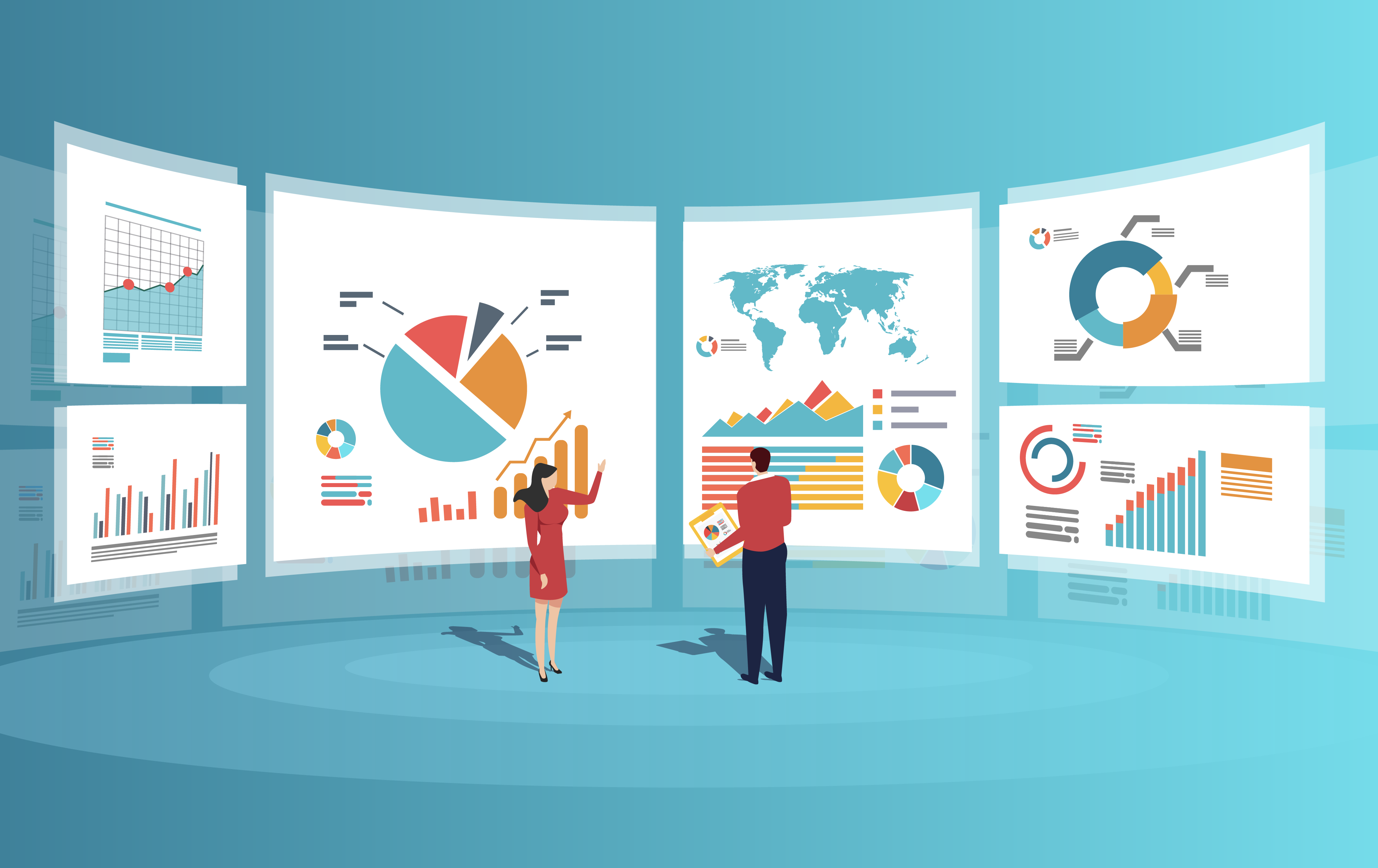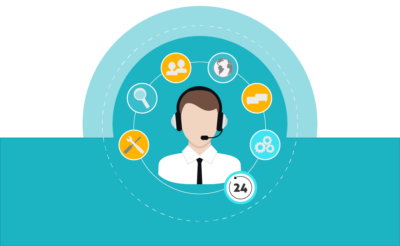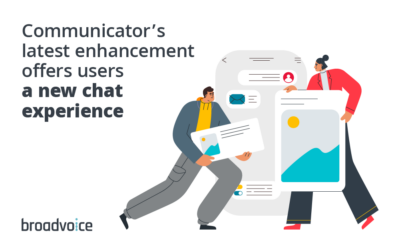What if you could predict the future? Better yet, what if you could read your customers’ minds and know exactly what they want before you answer their calls? Imagine foreseeing a conversation going awry and knowing just what to say to fix it. It sounds like magic, I know. But with call center analytics, you can do all these things (and then some).
Most customers (88%) say that a good customer service experience makes them more likely to return despite the product or service. And 71% of consumers expect companies to deliver more personalized interactions.
As a manager, these two goals are top of mind. But how do you deliver quality, personalized service when you spend your day putting out fires? I get it. It can often feel like you’re walking blind into the next day.
Call center analytics light the path forward. You just have to tune into them.
What Are Call Center Analytics?
Call center analytics involves collecting, analyzing, and interpreting data from customer interactions. Every day, you access valuable insights about your service and performance. Analytics help you turn those insights into action items. They go beyond your surface-level metrics to help you reach customers in unique and powerful ways.
For example, analytics let you see when a customer becomes disengaged or detect a shift in customer sentiment during an interaction. With this, your agents can adjust their approach by taking a different tone or maybe offering up a deal to salvage the relationship.
This helps you boost customer satisfaction and retention, revenue, and performance.
Understanding the Different Types of Call Center Analytics
If I’m being honest, the term, “call center analytics” is a bit vague. It’s more of an umbrella category for all kinds of different types of analytics. Each type serves a distinct purpose in uncovering insights from customer interactions. Here are a few to consider.
Predictive analytics use historical data, algorithms, and machine learning to forecast the future. They track patterns found in data to see trends, risks, and opportunities. This can help predict an uptick in calls or anticipate churn so you can be proactive with a customer.
Speech analytics track recorded conversations and spoken interactions between individuals. Then, they transcribe, categorize, and analyze the words to extract insights. They help you identify things like customer preferences, sentiments, and intentions.
Self-service analytics focus on understanding and optimizing your self-service channels. Analyzing user interactions, navigation paths, and feedback improves the effectiveness of your self-service. This lets you tailor your self-service experiences to better meet customer needs and preferences.
Omnichannel analytics look at customer interactions and behaviors across channels and touchpoints. Then, integrating data from various sources gives you a comprehensive understanding of the customer journey. This improves your service by providing seamless, personalized experiences across channels.
Check out our guide to call center metrics.
Why You Should Pay Attention to Call Center Analytics
Still not convinced that call center analytics are worth your while? Here are five key benefits.
- Enhance your customer experience. Call center analytics give you a comprehensive understanding of customer needs and preferences. Use this information to tailor your service to meet those needs and keep your call center customer-centric.
- Improve your operational efficiency. Analyzing call center data helps identify process inefficiencies. It locates issues like disorganized self-service tools or hiccups in your omnichannel strategy. With this info, you can address these inefficiencies and streamline operations.
- Empower agents in their performance. Call center analytics provide actionable insights into agent performance. With them, you can create targeted training programs to support agent growth.
- Solve issues proactively. Predictive analytics enable you to predict and address customer issues proactively. This means you can boost customer satisfaction and loyalty.
- Make data-driven decisions. With access to real-time and historical data, make more informed choices across your operations, improve your strategy and resource allocation, and improve service.
Making the Most of Your Call Center Analytics: 7 Best Practices
Now for the good stuff. If you’re ready to take the leap and tune into your call center analytics, here are seven recommended best practices to get the most out of them.
1. Invest in Robust Analytics Software
Choose a comprehensive analytics platform that integrates with your existing call center infrastructure. Consider one with advanced data collection, analysis, and visualization features.
2. Define Key Performance Indicators (KPIs) and Objectives
Know what you want to achieve with your analytics. Identify the metrics most relevant to your business goals and note what objectives you want to meet. Maybe you want to improve your first call resolution rate, lower average handle time, and boost customer satisfaction scores.
3. Monitor and Analyze Data
Have a process for monitoring and analyzing your data. Don’t just let it sit there — use your analytics often and refine how you use them to get the most benefit. Then, meet as a team often to identify trends, patterns, and areas of improvement.
4. Foster Agent Training and Development
Call center analytics are effective training tools for identifying performance gaps and training needs. This lets you provide targeted coaching and training so agents can enhance their skills, address weaknesses, and deliver better customer experiences.
5. Conduct Root Cause Analysis
Don’t just identify trends — get to the root of them. Do you have frequent high call volumes, long wait times, or recurring customer complaints? Use analytics to identify that, and then address the underlying issue. I promise you’ll see long-term improvements in both performance and customer satisfaction.
6. Conduct Comprehensive Data Gathering
Collect data from various sources within your call center ecosystem. Analyze call recordings, track trends in your CRM systems, and scan your IVR logs. Dig through customer feedback surveys and agent performance metrics. Combining data from your entire operation gives you a holistic view of your call center and customer needs.
7. Implement Real-Time Monitoring
Use real-time monitoring tools to track call center performance in the moment. Real-time insights help you identify issues immediately. Then, you can coach agents in real time or make immediate adjustments to improve service levels.
Schedule a demo to learn more about how the right call center software can boost your efficiency and productivity.









